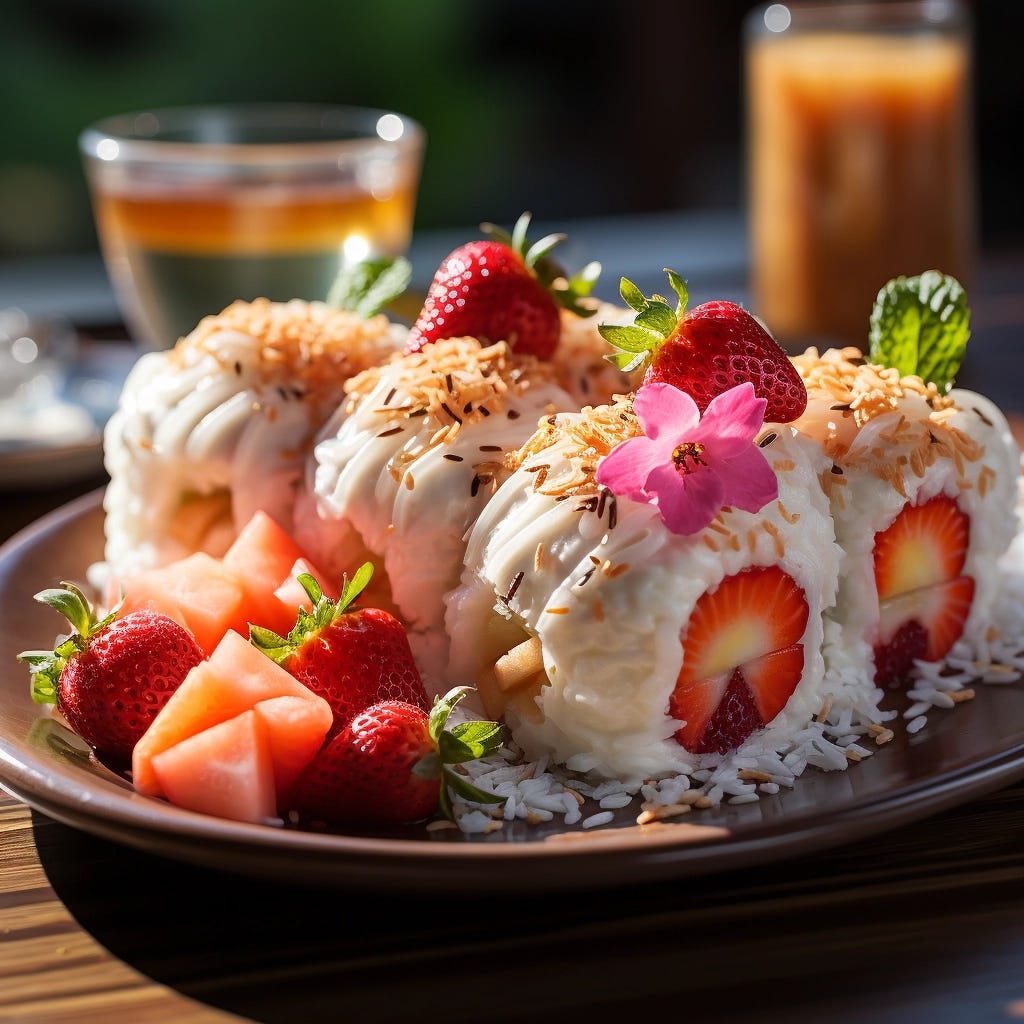Rice has been a staple food in cultures around the world for thousands of years, providing sustenance and nourishment to billions of people. From traditional varieties like white and brown rice to innovative creations like genetically engineered beef rice, rice offers a diverse range of health benefits and culinary possibilities. Let's explore the nutritional wonders of rice, along with a fascinating look at its cultural significance and a delicious recipe for vegetable fried rice.
White Rice: Despite its reputation for being less nutritious than brown rice, white rice still offers valuable health benefits. It's a good source of energy, easily digestible, and low in fat and sodium. Additionally, white rice is fortified with essential nutrients like iron and folic acid, making it a valuable dietary staple for populations at risk of nutrient deficiencies.
Brown Rice: Brown rice is a whole grain rich in fiber, vitamins, and minerals. Unlike white rice, brown rice retains its bran and germ layers, which contain beneficial nutrients like B vitamins, magnesium, and antioxidants. Regular consumption of brown rice has been linked to improved digestive health, reduced risk of heart disease, and better blood sugar control.
Genetically Engineered Beef Rice: In Korea, scientists have developed genetically engineered beef rice—a unique rice variety enriched with nutrients found in beef, such as iron, zinc, and protein. This innovative creation aims to address nutritional deficiencies and improve the health outcomes of populations with limited access to animal protein sources.
Wild Rice: Wild rice, or manoomin in Ojibwe, holds a sacred place in Indigenous cultures in the Great Lakes region. It's not only a nutritious food source but also a symbol of resilience and survival. For centuries, Indigenous peoples relied on wild rice to stave off starvation during harsh winters, making it an integral part of their cultural heritage and creation stories.
Culinary Versatility: Rice is incredibly versatile and can be incorporated into a wide variety of dishes, from savory main courses to sweet desserts. Whether it's used as a base for sushi, paired with curries and stir-fries, or transformed into comforting rice pudding, rice offers endless culinary possibilities for chefs and home cooks alike.
Story of Wild Rice: Wild rice, or manoomin (good seed) in Ojibwe, holds a sacred place in the traditions and culture of Indigenous peoples in the Great Lakes region. According to their creation story, wild rice was a gift from the Great Spirit, providing sustenance and strength to the people. For centuries, Indigenous communities harvested wild rice from the lakes and rivers, using traditional methods passed down through generations. Today, wild rice continues to be celebrated as a symbol of resilience, cultural identity, and connection to the land.
My favorite sweet rice is Frushi, a delightful creation hailing from Epcot. It combines the refreshing flavors of fruit with the beloved concept of sushi. This unique dish takes sushi rice and infuses it with a touch of cream of coconut for added sweetness and richness. The rice is then wrapped in soy wrappers and filled with an array of fresh strawberries, cantaloupe, and pineapple. To elevate the flavor profile even further, Frushi is garnished with toasted coconut, raspberry puree, and a dollop of whipped cream for a truly indulgent treat.
Have you had the pleasure of experiencing Frushi at Epcot? If so, we'd love to hear your thoughts! Rate your Frushi experience on a scale of 1 to 10 in the comments below.
Now, let's recreate the magic of Frushi at home with this easy-to-follow recipe:
Frushi Recipe:
Ingredients:
2 cups sushi rice, cooked per package directions
1 tablespoon cream of coconut
16 soy wrappers
16 fresh strawberries, hulled and quartered
1/2 cantaloupe (or honeydew), cut into four-inch-long by 1/4-inch-wide rectangles
1/2 pineapple, peeled and cored, cut into four-inch-long by 1/4-inch-wide rectangles
Toasted coconut, for garnish
Raspberry puree, for garnish
Whipped cream, for garnish
Instructions:
Cook the sushi rice according to package instructions. Let it cool slightly, then stir in the cream of coconut. Set aside to cool to room temperature.
Lay one soy wrapper on a flat surface. Place about 1/4 cup of sushi rice on the soy wrapper, pressing with moistened fingers to cover the whole sheet.
Place one piece each of pineapple and cantaloupe, along with four pieces of strawberry, in the center of the rice-covered sheet.
Starting at one end, fold about 1/3 of the roll up, then roll the sheet into a cylinder, keeping the fruit in the middle. Moisten the soy wrapper to seal.
Cut the roll into 4 equal pieces.
Garnish with raspberry puree, toasted coconut, and whipped cream.
Enjoy your homemade Frushi as a delightful and refreshing dessert or snack!





